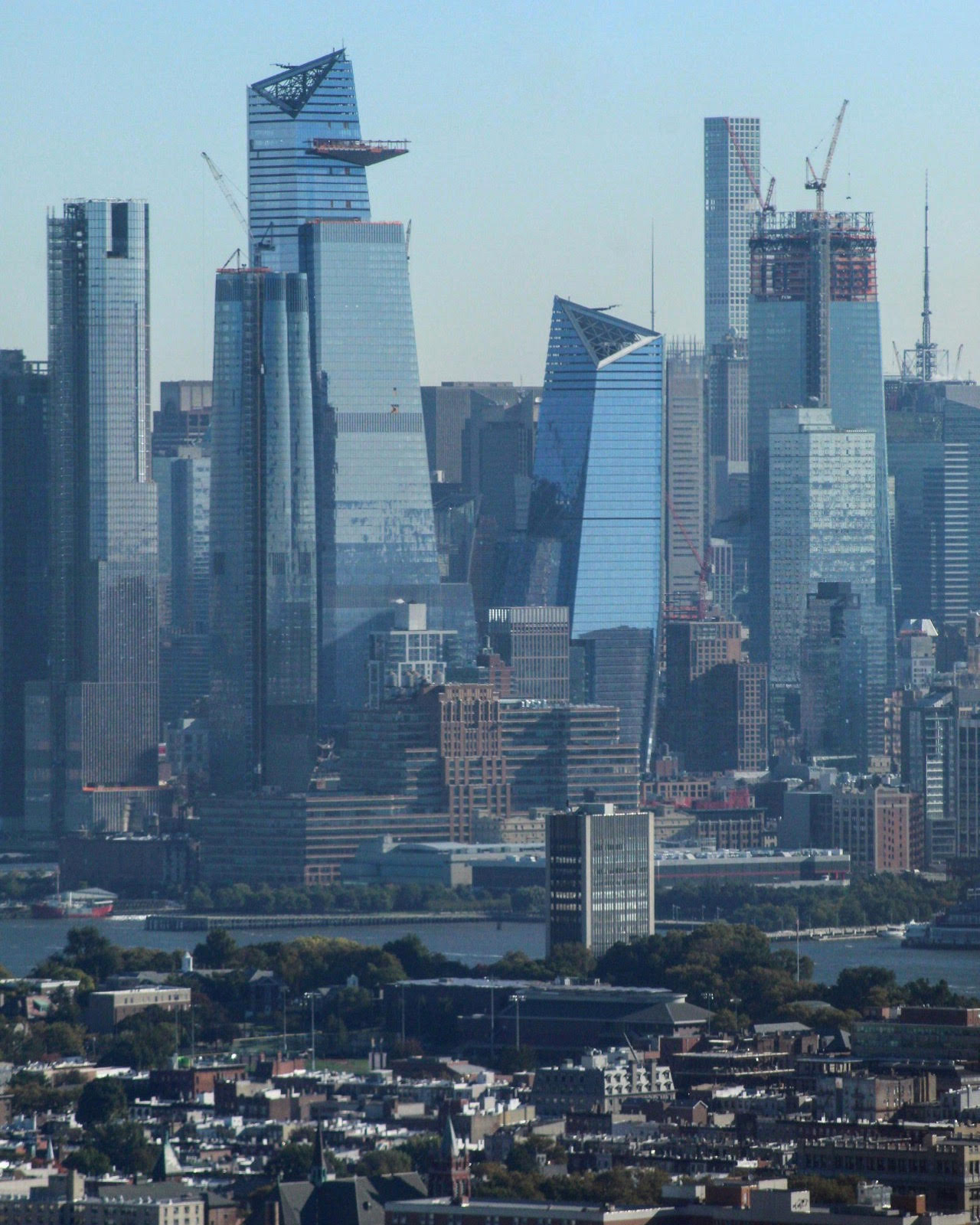

The observation deck was constructed in a modular system, with modules up to 35,000 kg assembled in Italy, shipped to New York, craned up to 335m and installed together on site. As a 3m glass cantilever with high loading, it is crucial to control deflection and ensure a robust design.īoth the Terrace Glass Floor and Hull Window were designed for 4.8 kPa uniform live loads on the horizontal surfaces and for 1.3 kN concentrated live loads over 50x50mm areas, in keeping with the requirements of ASCE 7-05 and New York Building Code. As such, it is estimated to be exposed to 4.7 kPa wind pressures and 3.4 kPa wind suction. One of the primary functions of the Windscreen is to form a barrier to resist the high wind loads, which exist at this height.

These aspects all played a role in the design. Due to the expected high pedestrian traffic and the large wind loads at this elevation, the structures also experience high loading. Similarly, access for installation, maintenance, and replacement must inform the design. As with all glass structures, it is essential to think about redundancy, especially at 335m high. Boundary ConditionsĪs unique structures in a unique space, the Windscreen, Terrace Glass Floor and Hull Window also have peculiar requirements. Supporting these panels at their far edges also allows for a minimal joint at the interfaces. This means that no additional dead loads act on the glass floor panel, and the vertical panels do not produce a constant shear load on the adjoining panel from their dead loads. The two sloping panels are supported at far edges. Three independent panels – a glass floor and two sloping triangular panes – form a faceted shape.

The Hull Window offers similar views to the Terrace Glass Floor, but from an interior space. There is another superlative associated with this skyscraper, and that is that it has the highest (335m) outdoor observation deck in the Western Hemisphere. The tallest of these buildings, at 386m, is 30 Hudson Yards. The development is the most expensive private real estate development in US history and comprises a platform over a working rail yard, and 16 buildings on the platform. Hudson Yards is a $25bn mixed real estate development in the heart of New York City. In this paper, we look at the challenges of laminated connections, ensuring structural safety and performance, meeting a clear architectural vision, and installing glass to high tolerances with access from one side at 335m height. This paper presents a case study of three glass structures with varying challenges on the Observation Deck of Hudson Yards in New York – a 3m, cantilevered Windscreen subject to wind gusts of up to 4.7 kPa, an outdoor Glass Floor with high traffic, and a combination glass floor and window structure. The best solutions do not form a compromise between these demands but integrate them into one solution. Structural, architectural and installation demands must all be considered in glass structures.


 0 kommentar(er)
0 kommentar(er)
